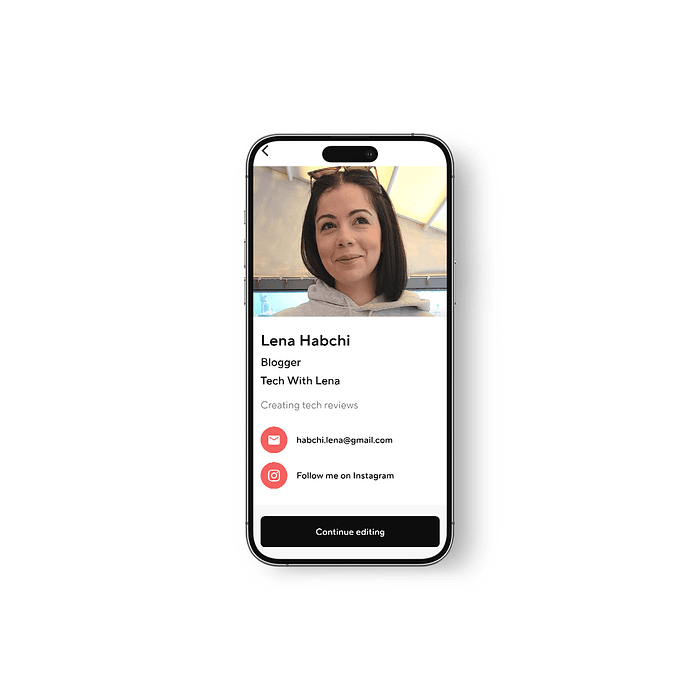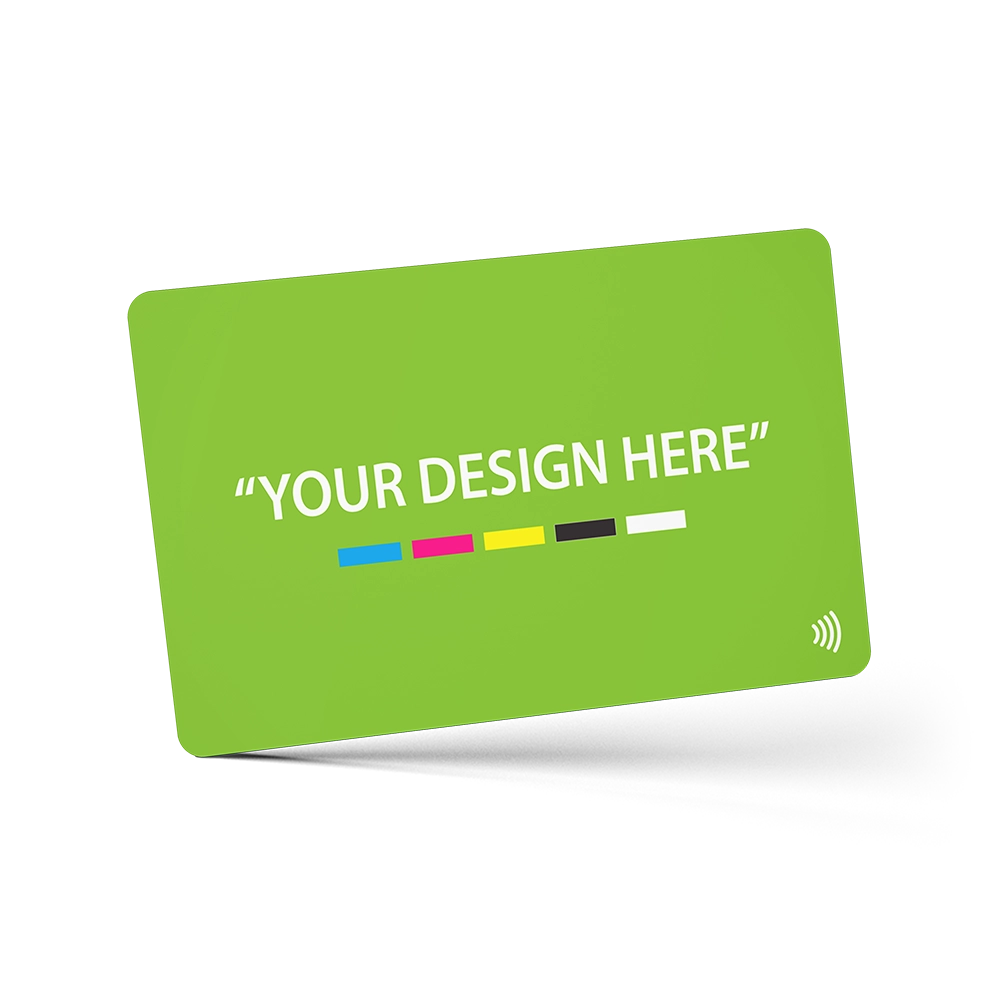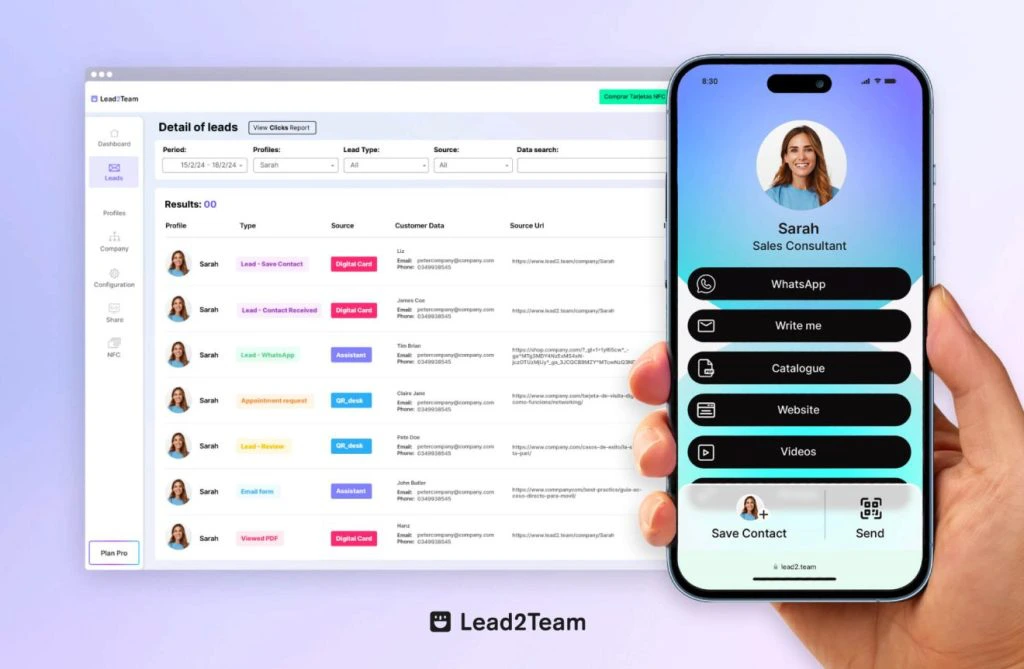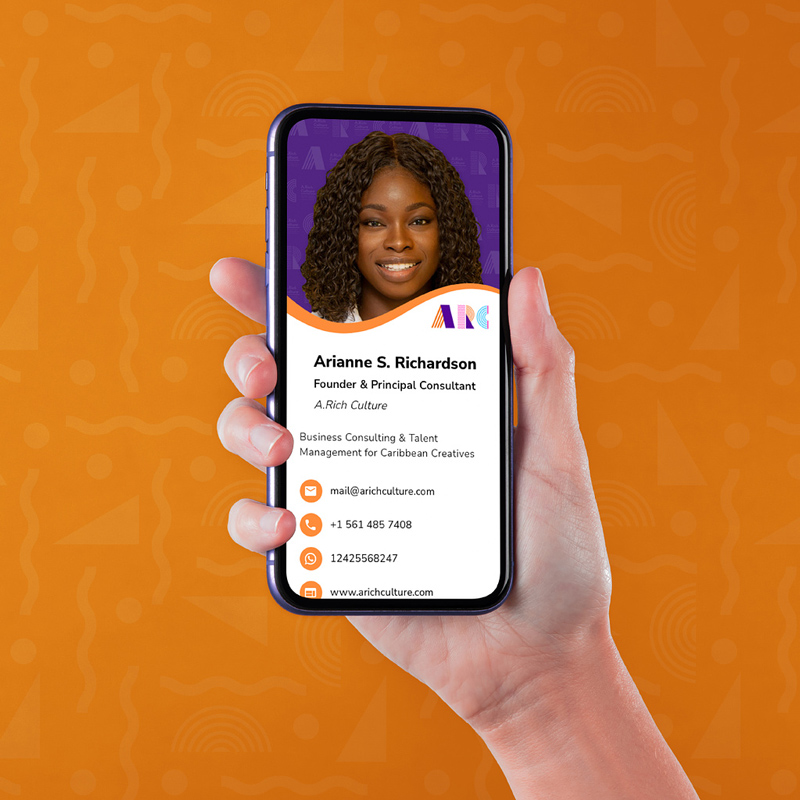Digital vs Printed Business Cards: Pros and Cons

In today’s fast-paced business environment, the choice between digital and printed business cards can significantly impact networking effectiveness and brand perception. This article explores the advantages and disadvantages of both formats to help you make an informed decision.
Overview

Business cards remain a vital tool for professionals to share contact information and make lasting impressions. With technological advancements, digital business cards have emerged as a modern alternative to traditional printed cards.
Comparison Table

| Feature | Digital Business Cards | Printed Business Cards |
|---|---|---|
| Accessibility | Instantly shareable via smartphones and email | Physical presence, requires handing over |
| Cost | Low to moderate, depending on platform | Printing and design costs can be high |
| Environmental Impact | Eco-friendly, no paper waste | Uses paper and ink, less sustainable |
| Customization | Easily updated and interactive | Fixed design, reprinting needed for changes |
| Durability | Stored digitally, no physical wear | Can be damaged or lost |
| Networking Efficiency | Quick sharing, integrates with digital tools | Personal touch, tangible keepsake |
Pros and Cons
Digital Business Cards
Pros:
- Instant sharing via QR codes, NFC, or links
- Cost-effective over time
- Environmentally friendly
- Easily updated with new information
- Can include multimedia elements (videos, links)
Cons:
- Requires smartphone or device
- May lack personal touch
- Dependent on technology and internet access
Printed Business Cards
Pros:
- Tangible and memorable
- No technology required
- Can be creatively designed with textures and finishes
Cons:
- Costly to print and update
- Easily lost or damaged
- Environmental concerns due to paper use
Frequently Asked Questions (FAQ)
Q1: Which type of business card is better for networking?
A1: It depends on your audience and context. Digital cards are great for tech-savvy contacts, while printed cards offer a personal touch in face-to-face meetings.
Q2: Can digital business cards replace printed ones entirely?
A2: While digital cards offer many benefits, printed cards still hold value in certain industries and situations.
Q3: How can I create a digital business card?
A3: Numerous apps and platforms allow you to design and share digital business cards easily, often with customizable templates.
Q4: Are digital business cards secure?
A4: Most platforms use encryption and privacy settings, but it’s important to choose reputable services.
Conclusion
Choosing between digital and printed business cards depends on your professional needs, budget, and environmental considerations. Combining both methods can often provide the best networking results, leveraging the strengths of each format.
